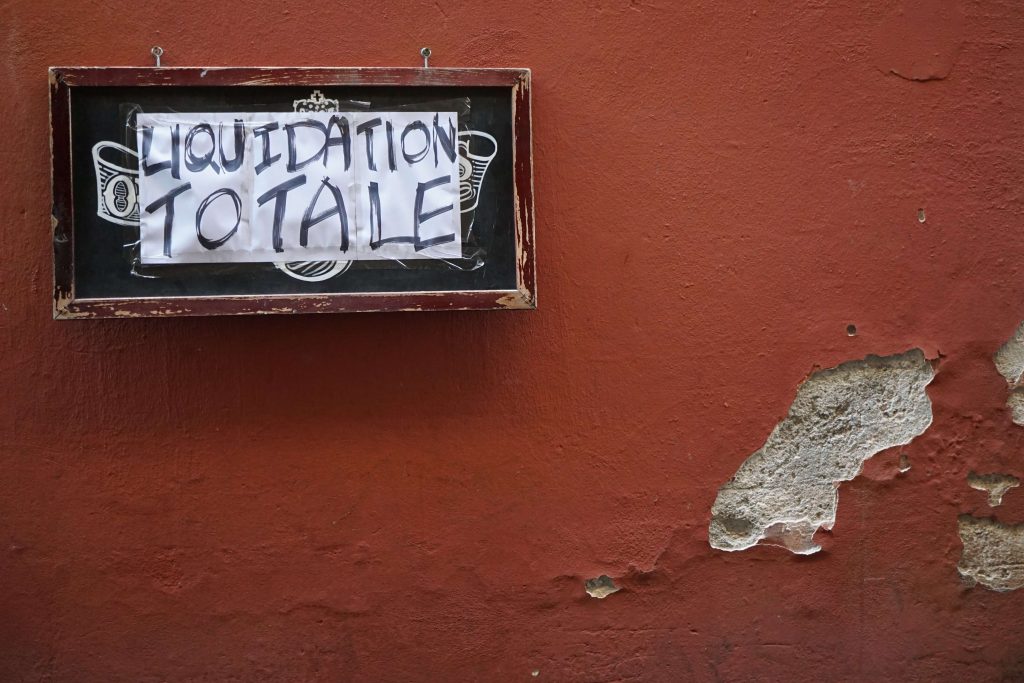
18.06.2020
How to liquidate a SICAV?
Variable Capital Investment Companies (SICAVs) are one of the best known investment vehicles. Their benefits and tax attractions have made them tremendously popular. But something not so well known is what happens when the shareholders of a SICAV decide to liquidate it. Let's take a look at this process.
What is a SICAV?
Before seeing how a SICAV is dissolved, liquidated and extinguished, we must analyze what this investment vehicle consists of.
The collective investment consists of the pooling of assets in order to make a profit. The profit is obtained by investing this asset in both financial (e.g. shares) and non-financial (real estate) instruments. Legally, assets pooled for the purpose of making a profit are known as Collective Investment Schemes (CIS).
Spanish legislation distinguishes two types of CIIs: Investment Funds (IF) and Investment Companies (IC). Investment companies differ from funds in that they have legal personality.
ICs take the form of corporations. Their corporate purpose is to raise funds, invest them in instruments, financial or not, and thereby make a profit. In this way, the investor will obtain a return on his investment based on the collective result of the company. The SICAVs are part of the ICs.
Contacto No te quedes con la duda, contacta con nosotros. Estaremos encantados de atenderte y ofrecerte soluciones.Concept
The regulatory definition of a SICAV can be found in Article 32 of Law 35/2003 on Collective Investment Institutions. Thus, a SICAV is understood to be an IIC with a corporate form that invests in financial instruments.
Features
In order to be validly constituted, SICAVs must meet a number of requirements. These requirements form their characteristics. They are as follows:
- As public limited companies, the capital is divided into shares. The holders of these shares are the shareholders. The same does not apply to funds, where the capital is divided into shares. The owners of these are the participants.
- A SICAV must have a minimum of 100 shareholders.
- The minimum initial share capital of a SICAV must be EUR 2,400,000. It must be fully subscribed and distributed.
- The maximum share capital of a SICAV is 10 times the minimum capital.
- SICAVs must invest in financial instruments, i.e. marketable securities.
- They may have compartments, the equivalent of sub-funds. Each purchase must have a minimum of 20 shareholders and a minimum capital of EUR 480,000.
- As they have legal personality, SICAVs may themselves manage the funds raised. However, they are usually managed by other entities, the Management Companies of Collective Investment Institutions (MCCIS).
- They are not obliged to do so. But the vast majority of SICAVs are listed on the Spanish Alternative Stock Market (Mercado Alternativo Bursátil, MaB). The CNMV recommends that they be listed on this market, especially to avoid suspicion of fraudulent use.
- The CNMV authorizes the incorporation, controls and supervises the SICAVs. It also keeps a register of them.

Si te ha interesado este artículo no dudes en leer:
Brief note on Asset Management Companies in Spain
Regulations
As previously mentioned, the SICAVs are corporate entities whose legal form is that of a Public Limited Company. Therefore, both stock market regulations and those applicable to companies will be applicable to them. Thus, the main rules forming the legal regime of the SICAVs are:
- Law 35/2003 regulating CIIs (LIICs).
- Royal Decree 1082/2012 approving the Regulations implementing Law 35/2003 on UCIs (RIIC).
- Revised text of the Law on Corporations (LSC)
Settlement process
Once the basic notes have been made, we will analyse how the SICAVs are liquidated. The dissolution and liquidation of a company implies its extinction and the distribution of its assets among the shareholders. As mentioned above, SICAVs are public limited companies. Therefore, their liquidation process does not differ much from that of other companies. The main difference lies in the administrative procedures required as they are supervised and registered with the CNMV. The liquidation process is as follows:
- The Board of Directors approves the call of an Extraordinary Shareholders’ Meeting in which the liquidation will be decided.
- Publication of the notice of meeting in Official Gazette of the Commercial Registry (BORME) and in a national newspaper. If a Universal Meeting can be held (i.e. all shareholders attend), the call to meeting is not necessary.
- The final liquidation balance sheet is drawn up for approval at the Extraordinary Meeting.
- Holding of the Extraordinary Shareholders’ Meeting. The meeting approves:
- The dissolution and liquidation of the SICAV
- In the event that it is listed on the MaB, delisting from this market.
- The revocation of the CNMV’s authorisation to operate as a SICAV
- The request for deregistration from the SICAV register of the CNMV
- The dismissal of the SICAV’s directors
- The appointment of the liquidators
- The revocation of the management contract with the MCCIS, if any.
- Revocation of the deposit contract
- The revocation of the audit contract
- The final settlement balance
- The liquidators accept the charge.
- The balance sheet is published in the BORME and in a national newspaper. This gives the creditors the opportunity to exercise their right of opposition.
- A Relevant Fact is published in the CNMV. The approval of the dissolution and the liquidation balance sheet by the Meeting is announced.
- Distribution of assets among shareholders.
- Deed of dissolution and liquidation before a Notary Public.
- The deed of dissolution and liquidation is registered in the Commercial Register.
- The SICAV is deleted from the Commercial Register
- Application for deregistration of the SICAV from the register of the CNMV
- Application to deregister the SICAV from the MaB
- Application for deregistration of the SICAV from the Spanish Treasury
How long does the process take?
This whole process is estimated to take 6 months. However, if a Universal Meeting cannot be held, it would be necessary to call an Extraordinary Meeting. This would extend the duration of the process to 9-10 months.
How much does it cost?
The cost also depends on whether or not it is necessary to call an Extraordinary Meeting. If it is not necessary, the total cost for the settlement is around EUR 4000. If the call is necessary, the cost would be up to EUR 6000.
In addition, the Tax on Documented Legal Acts must be added, in the modality of corporate operations. The taxpayer of this tax is the shareholder. The latter must pay the tax authorities 1% of the amount received in the settlement.
Conclusions
Political party programmes across the electoral spectrum have threatened to change the regulation of SICAVs. This has meant that in recent years there has been a decline in the number of SICAVs. The obvious consequence of this decline is that all the SICAVs that have disappeared have ended up in liquidation. This is why is necessary to have a good understanding of process, cost and duration of liquidation of it.
If you have been interested in the content of this article, you can find out more by reading the following articles:
Listed Investment Companies in the Real Estate Market (SOCIMI)
Mutual Fund Fees (Trailer, Management, Platform, Redemption)









